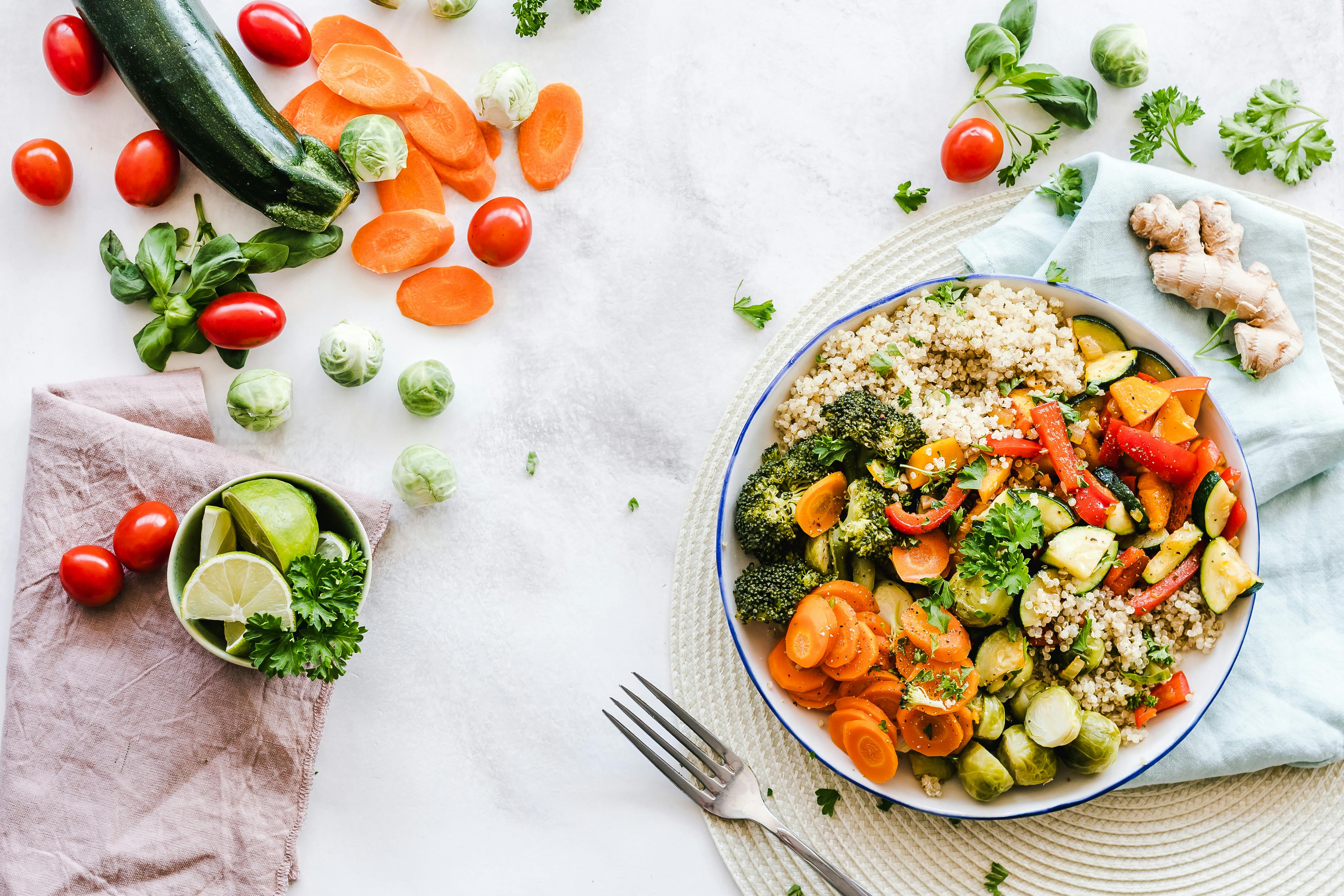Crafting a Personalized Diet Plan for Effective Weight Loss
Weight loss isn't one-size-fits-all. Each person's body, goals, and lifestyle are unique—which means your diet plan should be too. A personalized diet plan takes your preferences, metabolism, schedule, and emotional needs into account to help you lose weight in a way that feels natural and sustainable. When you design a plan that fits your life, it becomes easier to stay consistent, enjoy your meals, and see real results.

Understanding Your Body Type and Metabolic Needs
The foundation of a personalized diet plan starts with understanding how your body works. Are you someone who gains weight easily? Do you have a fast or slow metabolism? Knowing your body type—whether you lean more towards ectomorph, mesomorph, or endomorph—can help you determine how many calories and macronutrients your body needs to function optimally while losing weight.
Setting Clear and Achievable Weight Loss Goals
Before creating your plan, get clear on your “why.” Whether it's feeling more confident, improving your health markers, or having more energy for your kids, setting specific, realistic goals gives your journey purpose. Break big goals into smaller milestones and celebrate each achievement along the way to stay motivated.
Calculating Your Daily Caloric Needs for Fat Loss
Your total daily energy expenditure (TDEE) is the number of calories your body burns in a day. To lose weight, you need to eat slightly fewer calories than you burn—this creates a calorie deficit. Use a TDEE calculator to find your maintenance level, then reduce your intake by 10-20% for a gentle, sustainable fat loss pace. Avoid drastic deficits that can lead to muscle loss and rebound weight gain.
Balancing Macronutrients for Energy and Satiety
Macronutrients—protein, carbs, and fats—are essential to any diet plan. The right balance helps control hunger, maintain lean muscle, and stabilize energy. A good starting point for weight loss is a breakdown like 40% carbs, 30% protein, and 30% fats. Adjust these ratios based on how your body responds and your activity level.
Choosing Whole, Nutrient-Dense Foods Over Processed Ones
Focus your meals around real, whole foods that nourish your body. Vegetables, fruits, lean proteins, whole grains, legumes, nuts, and seeds provide the fiber, vitamins, and minerals your body needs to thrive. Processed foods, on the other hand, often contain hidden sugars, unhealthy fats, and preservatives that stall weight loss and zap energy.
Meal Timing: Eating to Support Blood Sugar and Fat Burning
When you eat is almost as important as what you eat. Try to space your meals every 3–5 hours to keep blood sugar stable and prevent energy crashes. Avoid skipping meals, which can lead to overeating later. If it suits your lifestyle, consider intermittent fasting—but only if it feels sustainable and doesn’t lead to binge eating.
Planning Ahead: Meal Prep for Consistency and Success
One of the biggest secrets to long-term weight loss success? Planning ahead. Choose one or two days a week to prep your meals and snacks so you’re never left scrambling when hunger hits. Batch cook proteins, chop veggies, and portion out balanced meals so healthy choices are always within reach.
Adjusting Your Plan Based on Progress and Feedback
Your diet plan should evolve as you do. Pay attention to your body’s signals—energy levels, hunger, digestion, and mood. If something isn’t working, tweak it. Maybe you need more calories, different macros, or a different meal schedule. Flexibility is key to staying consistent and making weight loss a lifestyle, not a phase.
Managing Cravings and Emotional Eating Triggers
Weight loss isn’t just physical—it’s emotional too. Learn to identify what triggers your cravings or emotional eating. Is it boredom, stress, loneliness, or habit? Have healthy coping mechanisms ready, like journaling, walking, deep breathing, or calling a friend. And when cravings hit, have healthy swaps on hand that satisfy without derailing your progress.
Including Indulgences Without Guilt
You don’t have to give up your favorite foods to lose weight. In fact, including treats in moderation can make your plan more enjoyable and easier to stick to. Follow the 80/20 rule—eat clean 80% of the time, and leave room for small indulgences 20% of the time. Food is meant to be enjoyed, not feared.
Tracking Progress Beyond the Scale
The scale is just one tool—and it doesn’t tell the whole story. Track your progress through measurements, progress photos, how your clothes fit, and how you feel in your body. Celebrate non-scale victories like better sleep, clearer skin, more energy, or improved digestion. These wins matter just as much—if not more—than a number on a scale.
Conclusion: A Personalized Plan Is the Key to Lasting Change
Crafting a personalized diet plan is one of the most powerful steps you can take for effective and lasting weight loss. When your plan fits your unique needs and lifestyle, it becomes something you can maintain, not just survive. With consistency, self-awareness, and flexibility, you can transform your relationship with food and create the healthy, confident body you deserve.
Start where you are. Adjust as you go. Believe in your ability to change—and trust the process.

Post a Comment